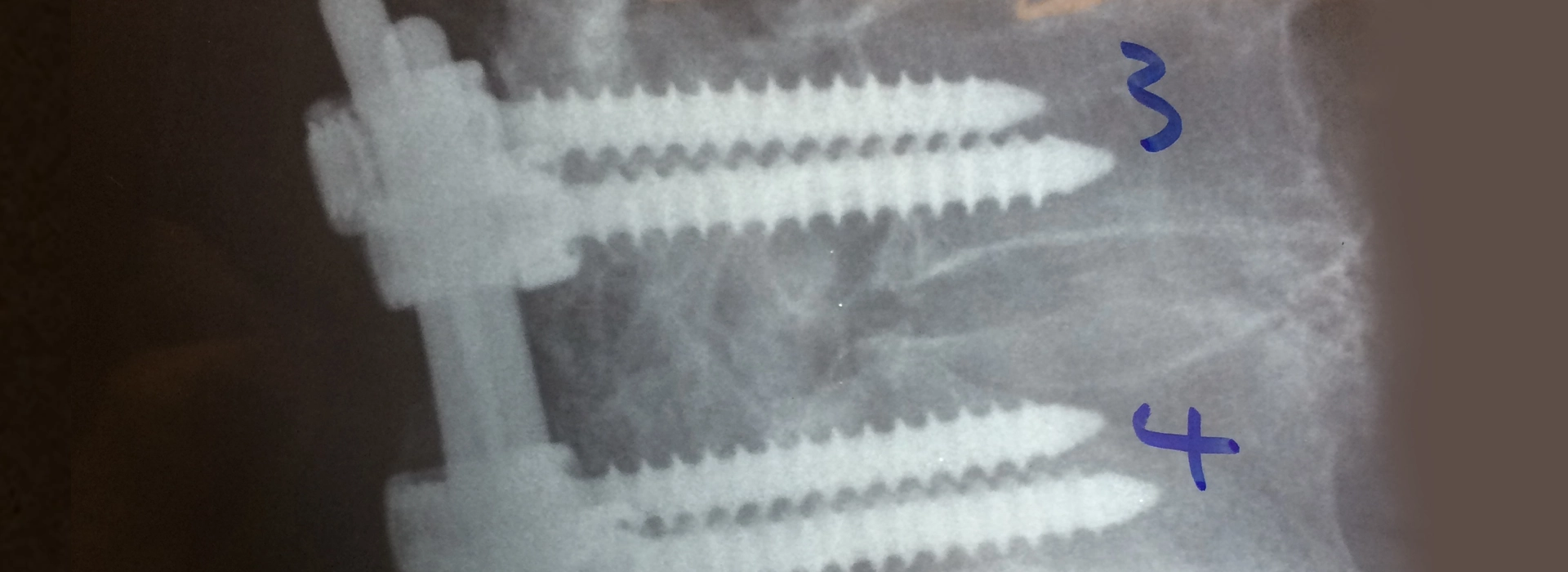Lumbar Fusion Q & A
Lumbar fusion, also known as spinal fusion, is a type of surgery designed to alleviate chronic pain by limiting the motion between a pair of vertebrae. It sometimes involves adding a bone graft to part of your spine to allow the affected structures to fuse together, a process mimicking the healing process of a broken bone.
There are several reasons your Legacy Brain & Spine doctor may recommend lumbar fusion. These include:
- Spinal instability
- Spinal weakness
- Scoliosis or other spine deformities
- Severe arthritis of the spine
- Recurrent herniated disc
- Fractured vertebrae
- Spinal stenosis with associated instability
- Spondylolisthesis
If you have already tried conservative treatments such as physical therapy, steroid injections, or stem cell-based regenerative injections and still experience pain, surgery may be the next step.
To determine whether you are a good candidate for this procedure, your doctor will review your medical history, ask about your symptoms, complete a physical exam, and potentially order imaging tests such as X-rays or an MRI.
Lumbar fusion surgery is performed under general anesthesia. Prior to the intervention, Legacy Brain & Spine’s anesthesiologists will administer medicine to put you to sleep so you don’t feel any pain. Your surgeon will then make an incision in your back to gain access to your vertebrae and insert a bone graft from another area of your body or from a bone bank to fuse two vertebrae together. To hold the vertebrae in place while they heal, they may use metal components such as screws, rods, or plates, that are common in many types of surgeries.
At our centers, all spinal surgeries, including lumbar fusion, are performed with latest-generation minimally invasive technology, such as the Globus ExcelsiusGPS™ robotic surgery and navigation system.
Compared to other minimally invasive spine surgeries, lumbar fusion is slightly more elaborate, so you might require a hospital stay for a day or two afterwards. Plan on having somebody drive you home from the hospital. Your doctor will give you precise instructions on how to care for your wound and manage post-surgery discomfort in the following few weeks. Be sure to call us if you experience signs of infection such as fever, redness, swelling, or tenderness in the treated area.
In the several months it takes for your spine to completely heal, your doctor may recommend you wear a brace to support your spine and keep it properly aligned. To complement your recovery, they may also refer you for physical therapy. The Legacy Brain & Spine physical therapy program is specially designed to help our patients heal faster after surgery, improve their range of motion, and build strength and flexibility.
Don’t accept living with low back pain – lumbar fusion may be the solution. To get a comprehensive assessment and an expert opinion from our spine specialists as to whether this procedure is right for you, schedule an appointment with Legacy Brain & Spine over the phone or online
CONDITIONS
We treat a wide range of brain and spine conditions and diseases.
PREPARATIONS
Learn how to prepare for your surgery at our center
TREATMENTS
We treat a wide range of dysfunction caused by spinal & brain disorders.






